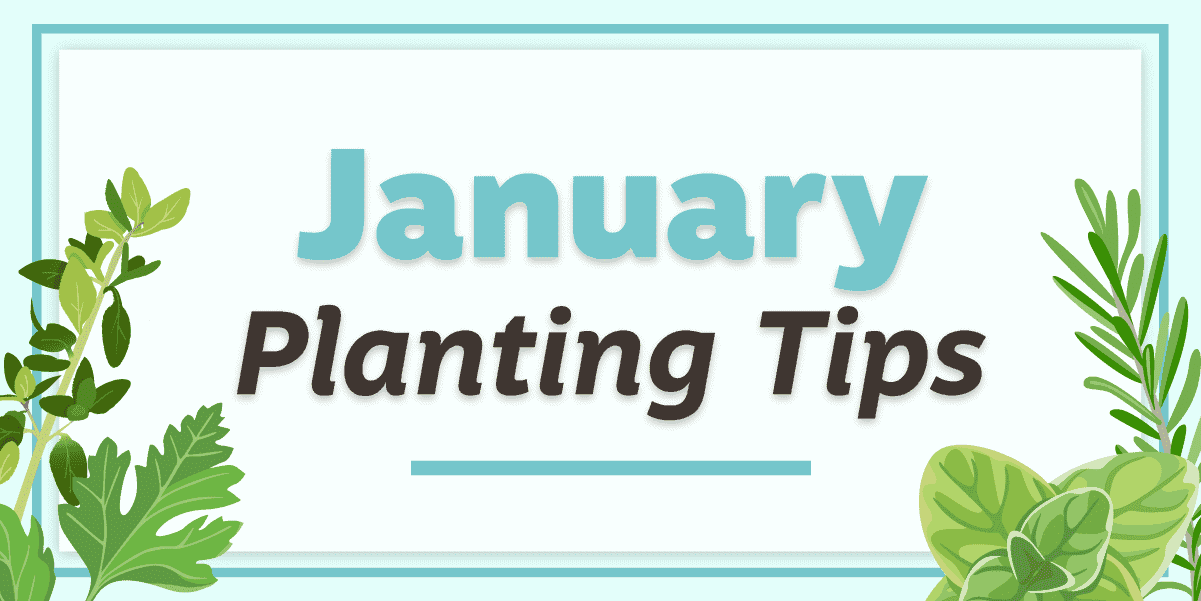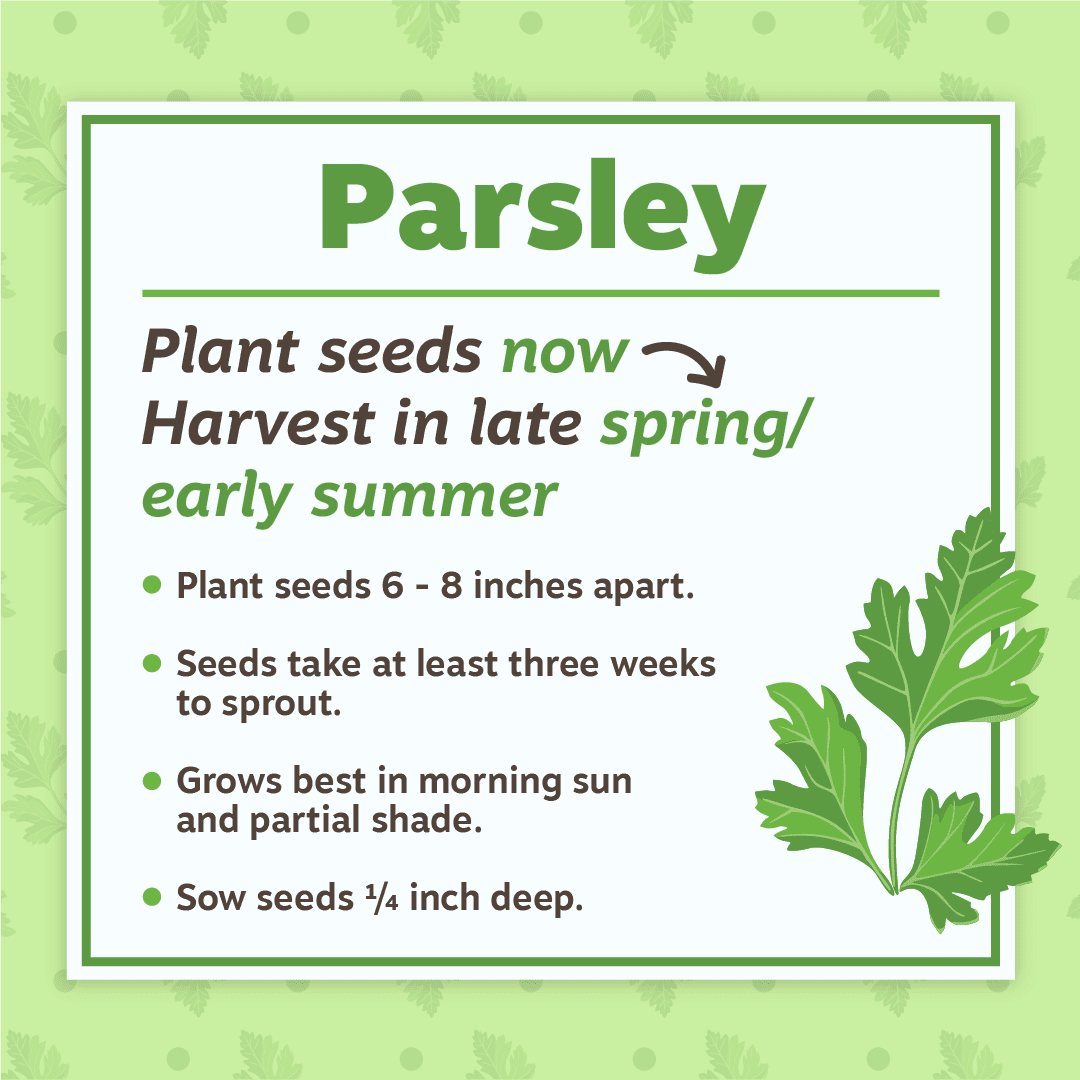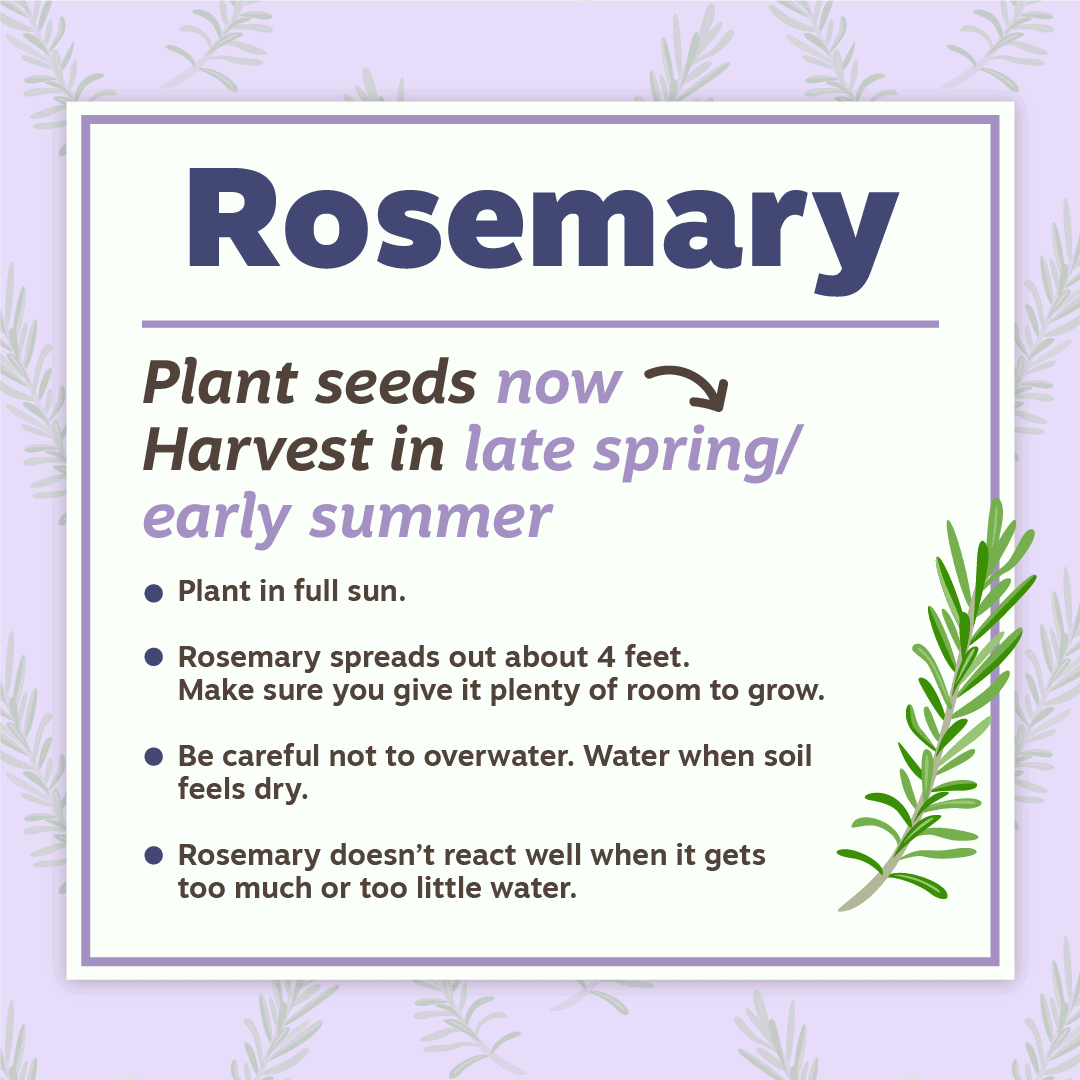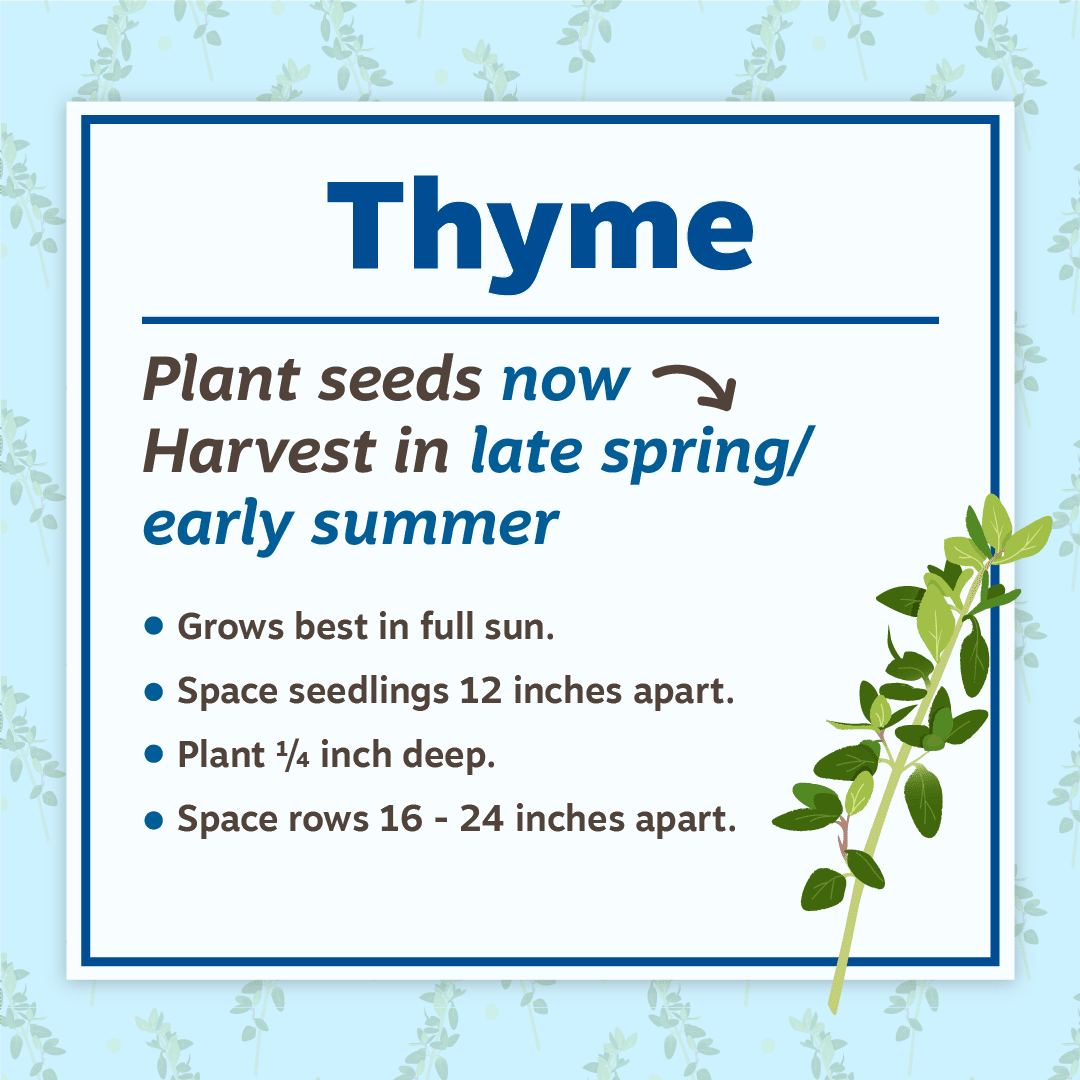It’s thyme to start planting your seeds! Anawalt Lumber’s January planting tips feature herbs to add to your garden now and enjoy on your plate in spring.
Reasons to Plant in January
- Mild Winter Climate: With daytime temperatures often ranging from 60–70°F. This provides just the right conditions for cool-tolerant Mediterranean herbs to establish their roots.
- Rainfall Benefits: January often brings sporadic rainfall in Southern California. This natural hydration minimizes the need for frequent watering, helping new plants establish themselves without putting strain on local water resources.
- Longer Growing Season: Planting in January gives your herbs a head start before the intense heat of summer arrives. This ensures stronger root systems and healthier plants, leading to a bountiful harvest when you need it most.
- Fresh Herbs for Early Spring: Herbs planted in January will mature just in time for early spring dishes. Imagine picking fresh parsley for garnishes, rosemary for roasted veggies, or basil for homemade pesto!
Reduced Pests and Diseases: Cooler temperatures mean fewer garden pests and diseases. Starting your herb garden early in the year allows plants to grow in a more controlled and pest-free environment.
What to Plant in Southern California
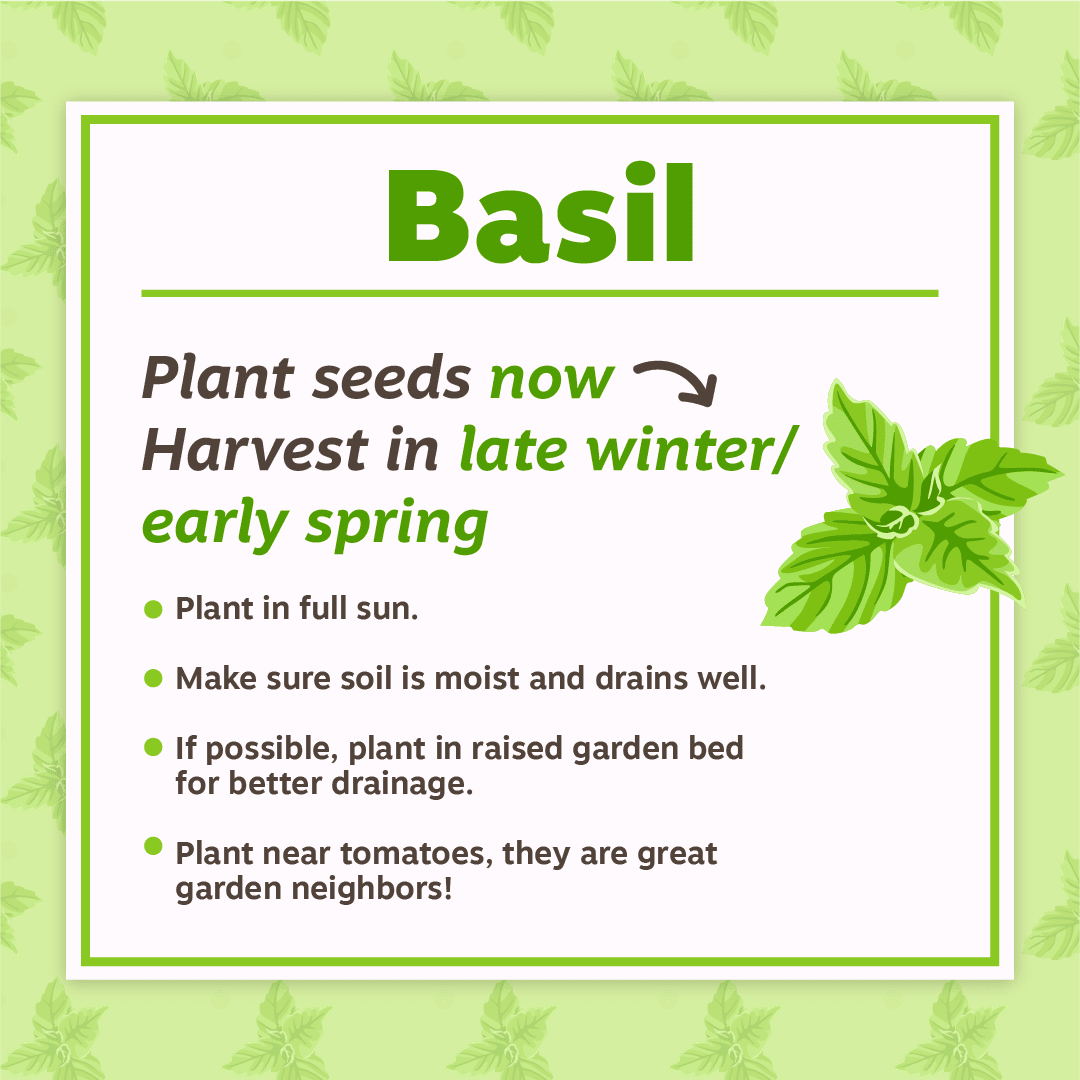
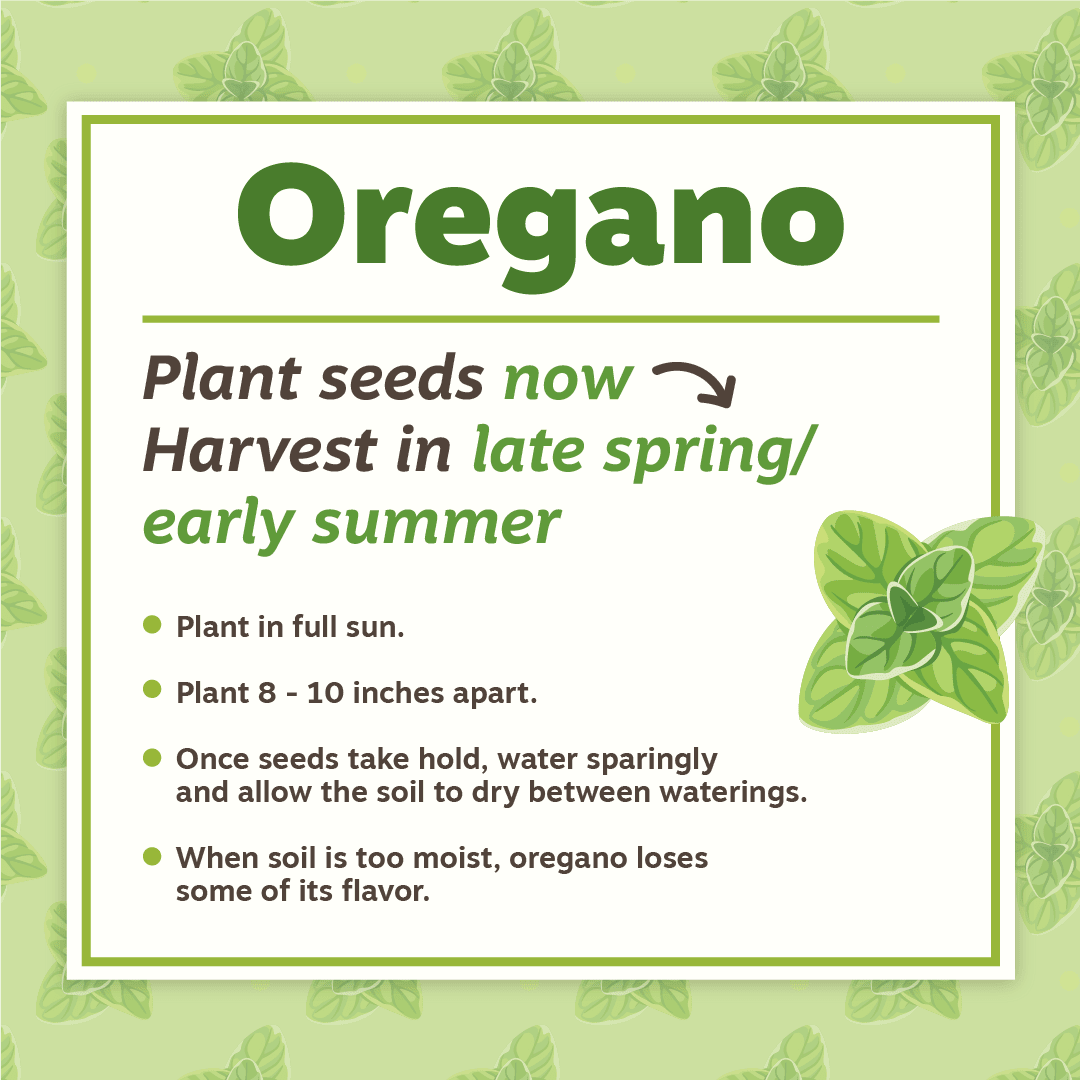
Basil
Plant seeds now → Harvest in late winter / early spring
Basil thrives in Southern California’s mild climate. It can be planted from seeds or transplants, but January is the perfect time to start growing basil as seedlings since they take longer to establish themselves.
Tips for Basil
- Plant in full sun.
- Plant them 8–10 inches apart in rows or in containers if you have limited space.
- Make sure soil is moist and drains well.
- If possible, plant in a raised garden bed for better drainage.
- Plant near tomatoes, they are great garden neighbors!
- Keep an eye on nighttime temperatures, as basil is sensitive to frost. If the temperature drops, cover your plants with a sheet or blanket to protect them.
Oregano
Plant seeds now → Harvest in late spring / early summer
Oregano can be planted from seeds or transplants, but due to the slower germination rate of oregano seeds, it’s best to start with young plants in January.
Tips for Oregano
- Plant in full sun with well-drained soil.
- Plant 18–24 inches apart.
- Once seeds take hold, water sparingly and allow the soil to dry between waterings.
- When soil is too moist, oregano loses some of its flavor.
- Harvest often by trimming individual stems as needed.
Parsley
Plant seeds now → Harvest in late spring / early summer
Parsley can be slow to germinate, so starting in January is ideal for Southern California’s climate.
- Plant seeds 6–8 inches apart.
- Seeds take at least three weeks to sprout.
- Choose a spot with partial shade and fertile, well-drained soil.
- Grows best in morning sun and partial shade.
- Sow seeds 1/4 inch deep.
- Keep the soil moist but not saturated – overwatering can lead to root rot.
Rosemary
Plant seeds now → Harvest in late spring / early summer
Rosemary is a hardy herb that thrives in hot and dry conditions. However, planting it in January ensures strong root systems before the heat arrives.
- Plant in well-drained soil with full sun exposure.
- Rosemary spreads out about 4 feet.
- Give it plenty of room to grow.
- Be careful not to overwater. Water when soil feels dry.
- Rosemary doesn’t react well when it gets too much or too little water.
- Prune regularly to maintain its shape and prevent woody growth.
Thyme
Plant seeds now → Harvest in late spring / early summer
Thyme is another Mediterranean herb that does well in Southern California’s mild winter climate. It can be planted from seeds or transplants, but it’s easier to grow thyme from transplants since it takes longer to mature from seeds.
Tips for Thyme
- Grows best in full sun.
- Choose a well-drained soil with moderate moisture levels.
- Space seedlings 12 inches apart.
- Plant 1/4 inch deep.
- Space rows 16–24 inches apart.
- Water deeply once a week to keep the soil evenly moist.
Happy gardening!
Need supplies for your garden? Please stop by your nearest Anawalt location.
FAQs: January Planting Tips
Q: Can I plant other herbs in January?
Other herbs that can be planted in January include cilantro, dill, and sage. These herbs also thrive in Southern California’s mild winter climate.
Q: What if we experience a cold snap after planting?
If temperatures drop below freezing, cover your plants with a sheet or blanket to protect them. If possible, move potted plants indoors overnight.
Q: How often should I water my herb garden?
It depends on each herb’s specific needs, but generally, watering once or twice a week is sufficient. Check the soil regularly and adjust watering accordingly.
Q: How do I know if the soil is well-drained?
Well-drained soil allows water to pass through quickly without pooling on the surface. To test this, dig a small hole about 6 inches deep and fill it with water. If the water drains within an hour, the soil is well-drained. If needed, amend the soil with compost or sand to improve drainage.
Q: What type of compost is best for herbs?
A light, well-balanced compost with organic matter is ideal for herbs. Avoid over-fertilizing, as this can lead to excessive leafy growth but reduced flavor in the herbs. A mix of kitchen scraps, yard waste, and aged manure works well for most herb gardens.
Q: Can I plant herbs in containers instead of directly in the ground?
Many herbs thrive in containers as long as they have plenty of sunlight and well-draining soil. Use pots with drainage holes and choose a high-quality potting mix designed for containers. Container gardening is particularly helpful if you have limited space.
Q: How do I harvest herbs without damaging the plant?
Use clean scissors or pruning shears to clip stems just above a leaf node. This encourages new growth and keeps the plant healthy. Avoid taking more than one-third of the plant at a time to ensure it can recover and continue producing.

